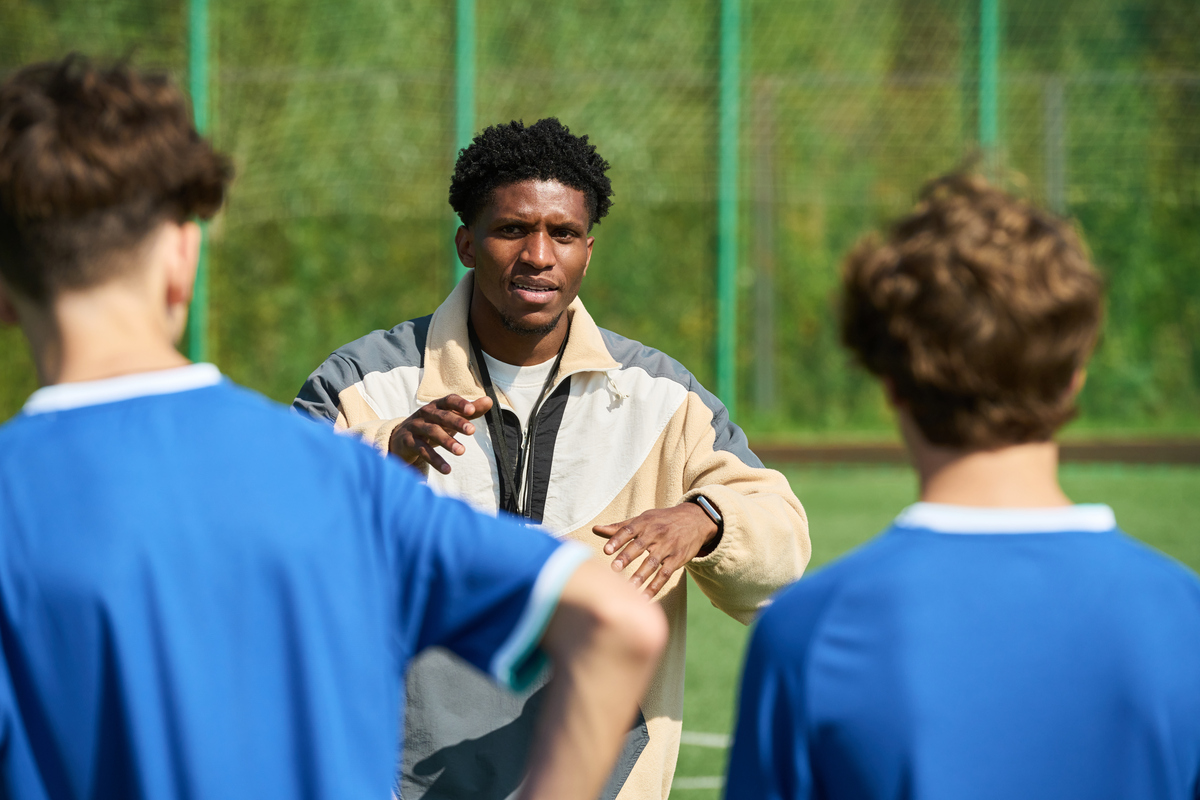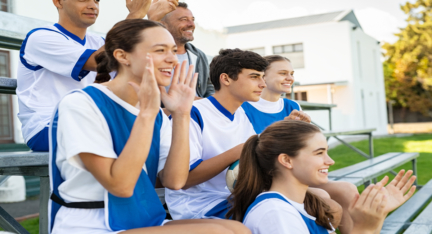Most international collegiate student-athletes in the United States hold F-1 nonimmigrant student visas, a status that comes with detailed requirements for eligibility, enrollment, and permissible work activity. Understanding these rules is essential for international athletes navigating the Name, Image, and Likeness (NIL) landscape.
To obtain an F-1 visa, applicants must be accepted into a Student and Exchange Visitor Program (SEVP)–certified school, complete required documents, show financial support, and pass an in-person interview. They must also demonstrate they intend to maintain a residence outside the United States after their studies.
Maintaining F-1 Status
Once enrolled, international student-athletes must follow specific rules to maintain their F-1 status. These include:
- Maintaining full-time enrollment (commonly 12+ credit hours per semester)
- Only engaging in certain authorized categories of paid work
- Following the 20-hour weekly limit while school is in session
F-1 visa holders are permitted to earn income through only four types of work:
- On-campus employment
- Off-campus employment due to economic hardship
- Curricular Practical Training (CPT)
- Optional Practical Training (OPT)
Any off-campus employment requires completing at least one full academic year and receiving proper authorization.
Why NIL Is Treated as Employment
Under F-1 visa guidelines, NIL activities that involve compensation are treated as employment. Because most NIL opportunities require creating new content, promoting products, attending events, or performing services, they fall into the category of work activity.
Examples of NIL tasks considered work under F-1 rules include:
- Paid social media posts
- Signing autographs for compensation
- Participating in promotional appearances
- Endorsements and advertisements
- Content creation tied to payments
Performing these activities while inside the United States may be considered unauthorized work and can jeopardize visa status.
Limited NIL Opportunities for F-1 Athletes
Despite the restrictions, there are two pathways that remain consistent with F-1 rules:
1. Passive NIL Income
International student-athletes may receive royalties from the use of their image on products, as long as they do notperform active promotional work while in the U.S.
This is considered passive compensation rather than employment.
2. NIL Activities Performed Outside the United States
International athletes may legally earn NIL income for work performed abroad, which can include:
- Commercial shoots or brand events in their home countries
- Signing endorsement deals outside the U.S.
- Running camps, clinics, or appearances abroad
- Creating content during international travel
- Being compensated for work done entirely outside U.S. territory
Because the activity is not performed from within the U.S., it is not treated as domestic employment.
A Complex, Still-Evolving Landscape
There is currently no NIL-specific federal framework tied to F-1 regulations, which leaves some areas open to interpretation. As a result, athletic departments and compliance offices typically take a conservative and cautious approach.
To avoid jeopardizing their status, many international student-athletes are encouraged to:
- Document all NIL activity performed abroad
- Save contracts, flight records, and content timestamps
- Consult with school compliance staff before engaging in any opportunity
Missteps can affect both the athlete and the institution, which is why schools generally enforce strict safeguards.






Leave a Comment